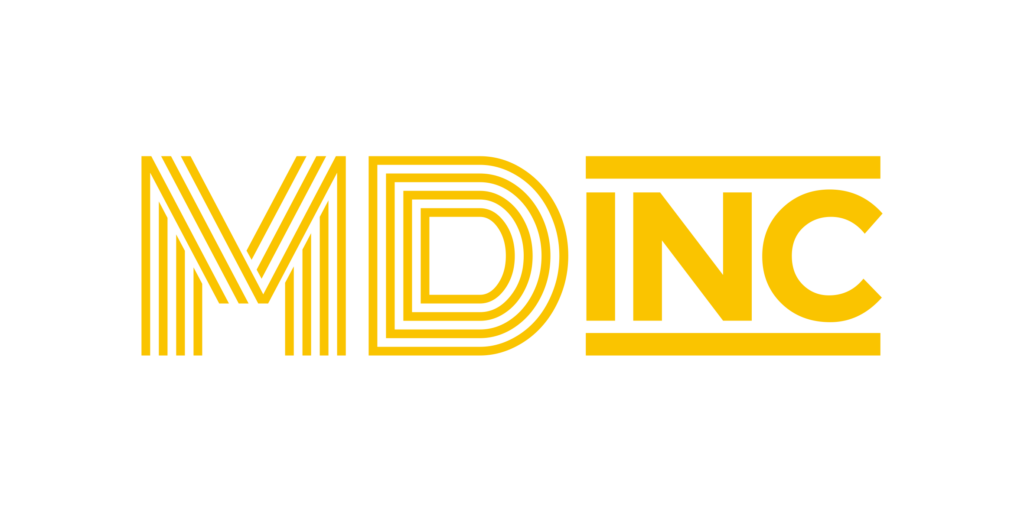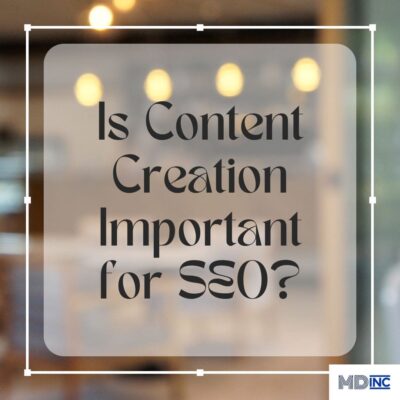How to Write SEO Content
The primary goal of writing SEO is creating optimized content for your website that will be noticed by search engines, which will boost your website’s rank to the first page of search engine result pages (SERPs). Search engines use crawlers to try to discern what a page is about—doing the research and adding relevant keywords helps the crawlers. Non-optimized content may not be understood by crawlers, affecting you negatively when it comes to search rankings. Read on to learn more about how to write SEO content, SEO writing basics, and how web crawlers look at websites for SERPs.
What Are the Basics to Write SEO?
There are several types of search engine optimization, and how to write SEO and having SEO-driven content is one of the most important factors when it comes to website rankings and is a cornerstone of content marketing. Good SEO utilizes both on-page (e.g., copy and content) and off-page SEO (e.g., SEO backlink) techniques to be noticed by search engines, so a good SEO writer will know how to use both.
Before creating copy, you must research and develop relevant keywords for your topic. It’s important to know what people are searching for to provide relevant content. These keywords are used throughout the copy, so they’re noticed by the crawler. However, website “spiders” also look to see if the copy is written for a human audience. Stuffing the content with keywords will lead search engine crawlers to believe your site isn’t written for an audience, which is why using an appropriate level of keywords is important when you write SEO.
In addition to your keywords, you want to add related words to your keywords that are relevant to the reader and in search. This is known as latent semantic indexing and can give your site a big boost in SERPs. More complex language is imperative in SEO content as well; if the crawlers think the writing is too simple, you’ll appear lower in rank. In general, SEO-driven content should have:
- An appropriate tone that promotes brand trust (persuasive, but not too persuasive)
- Great readability for the audience (use subheadings to break up content)
- Eye-grabbing headlines and titles to grab the attention of the reader (and crawler)
It’s also imperative to stay on top of the ever-changing search engine algorithms so that your site and its pages stay high in ranking.
Other Techniques to Write SEO Content
The use of correct keywords is important when you write SEO content. If a certain keyword has already flooded the first few SERPs, a good keyword researcher needs to know the value of each word and how to represent it in the copy. Using tools such as Google Trends can be helpful. Also, long content is important. Aim for at least 750 to 1,000 words per page. This helps the crawler further understand what your page is about—shorter pages may get less attention.
A meta description and title tag are also necessary. A meta description gives the reader an idea of what your site is about. Title tags should be roughly 70 characters, while meta descriptions should be no more than 170.
Using varied content types on your page can help boost your ranking as well. For instance, you can use video marketing and YouTube SEO (embedding a video in your page that links to your channel on YouTube) to not only be better noticed by crawlers but to direct leads to your channel, which provides even more relevant information to the lead.
How to Write SEO Off-page Content
Being familiar with how to use both on- and off-page techniques is a must when you write SEO. What are SEO backlinks? These are external (outbound) links within your copy that link to another authoritative website. Be sure to choose sites that are trustworthy and engaging, and the website crawlers will begin to notice a relationship, which boosts your site and helps it appear more authoritative.
Connecting to social media is important as well. The engagement between social media and your site can affect your website ranking positively, but it’s also essential to gain a broader audience and attain a greater reach. Be sure to put “share” buttons on all of your SEO posts, while also using backlinks to point directly to your social media accounts.
There are other off-page SEO techniques, too, such as guest or influencer posting, forums, podcasts, and more. Be sure to use internal links appropriately as well as backlinks so that leads can seamlessly navigate your site and its linked accounts.








